
Newly Discovered Bacteria Breaks Down Biomass
The bacteria from cows and other ruminants’ digestive systems could provide insights for converting corn stover and other biomass into fuels.

The bacteria from cows and other ruminants’ digestive systems could provide insights for converting corn stover and other biomass into fuels.
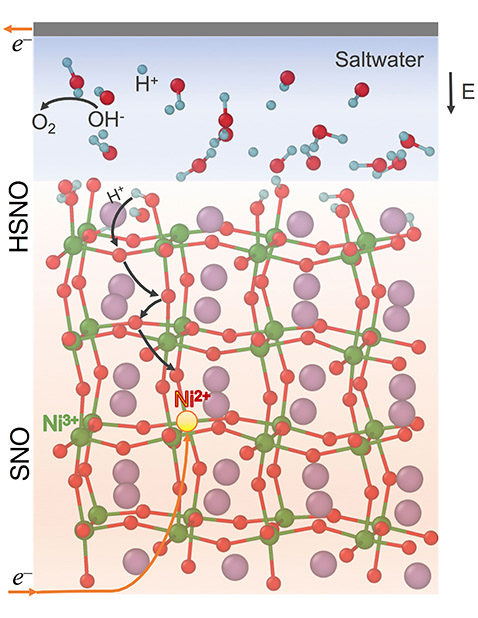
A nickelate thin film senses electric field changes analogous to the electroreception sensing organ in sharks, which detects the bioelectric fields of prey.
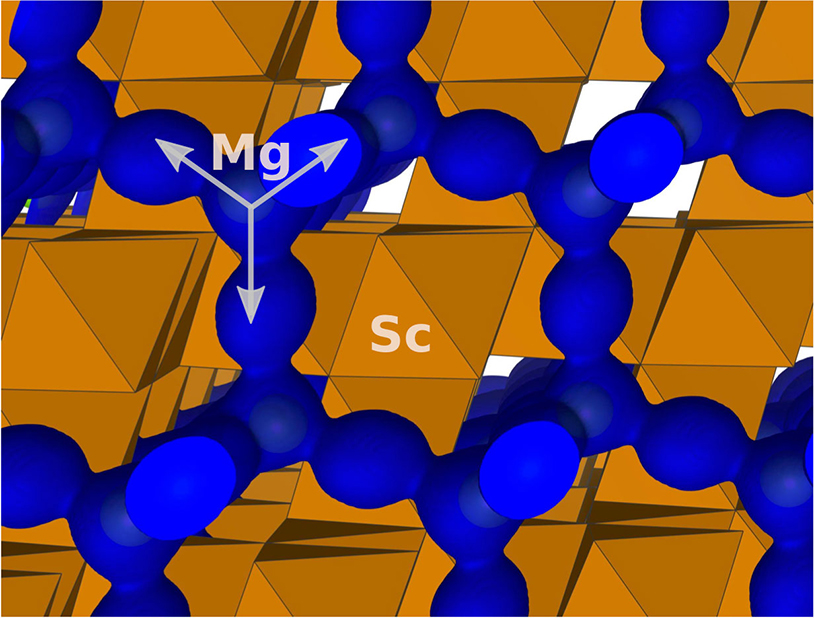
Magnesium ions move very fast to enable a new class of battery materials.
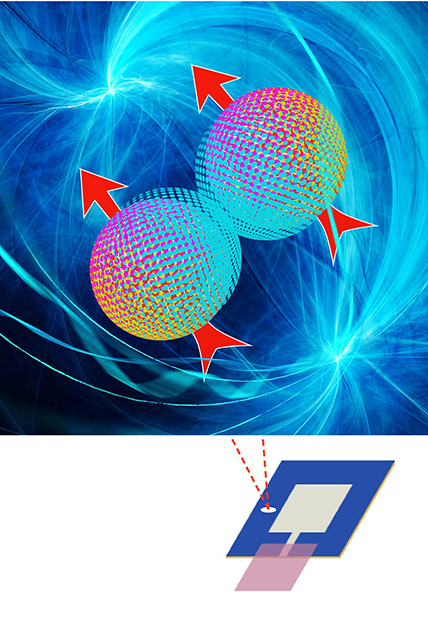
The magnetic noise caused by adsorbed oxygen molecules is “eating at” the phase stability of quantum bits, mitigating the noise is vital for future quantum computers.
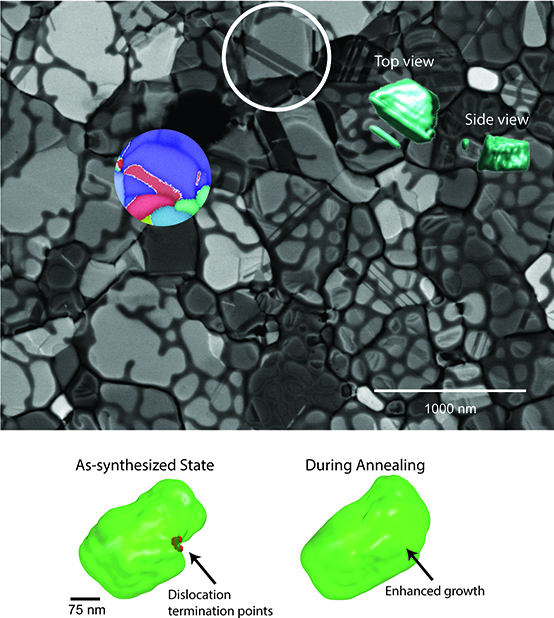
A new x-ray beam technique tracks atomic-level changes under real-world operating conditions.
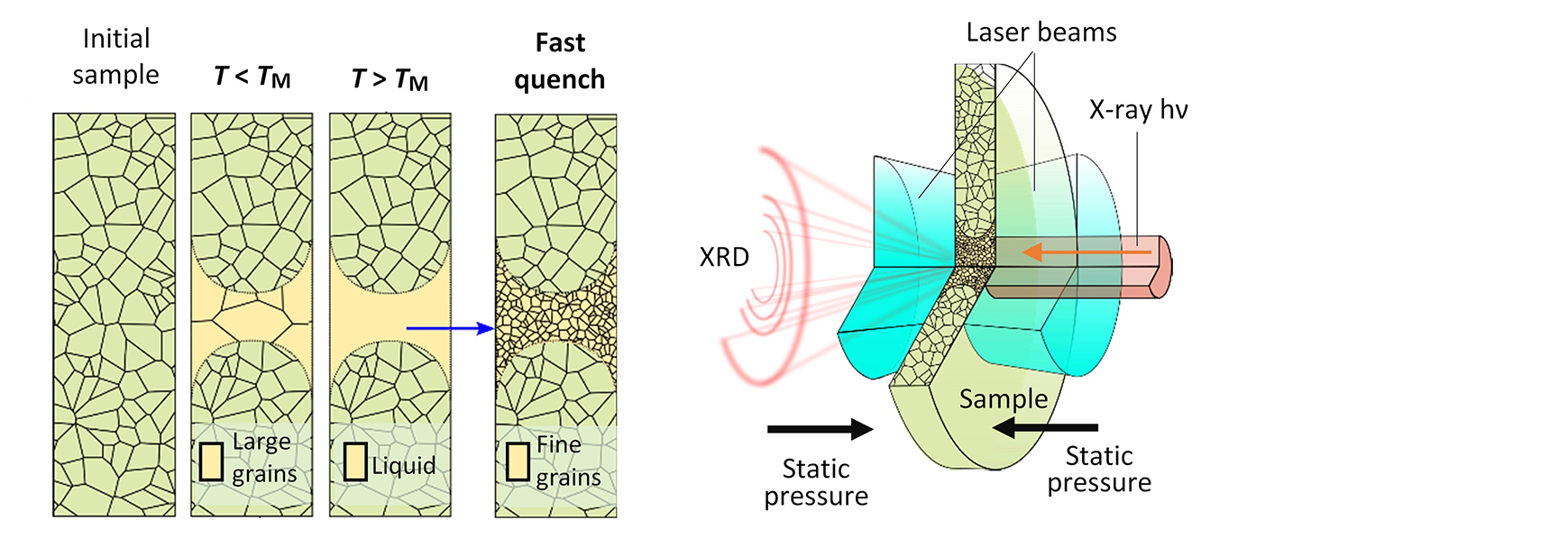
Focused x-ray beam revealed structural changes from laser heating, pinning down elusive melting point.

Metal-organic frameworks with chains of iron centers adsorb and release carbon monoxide with very little energy input.
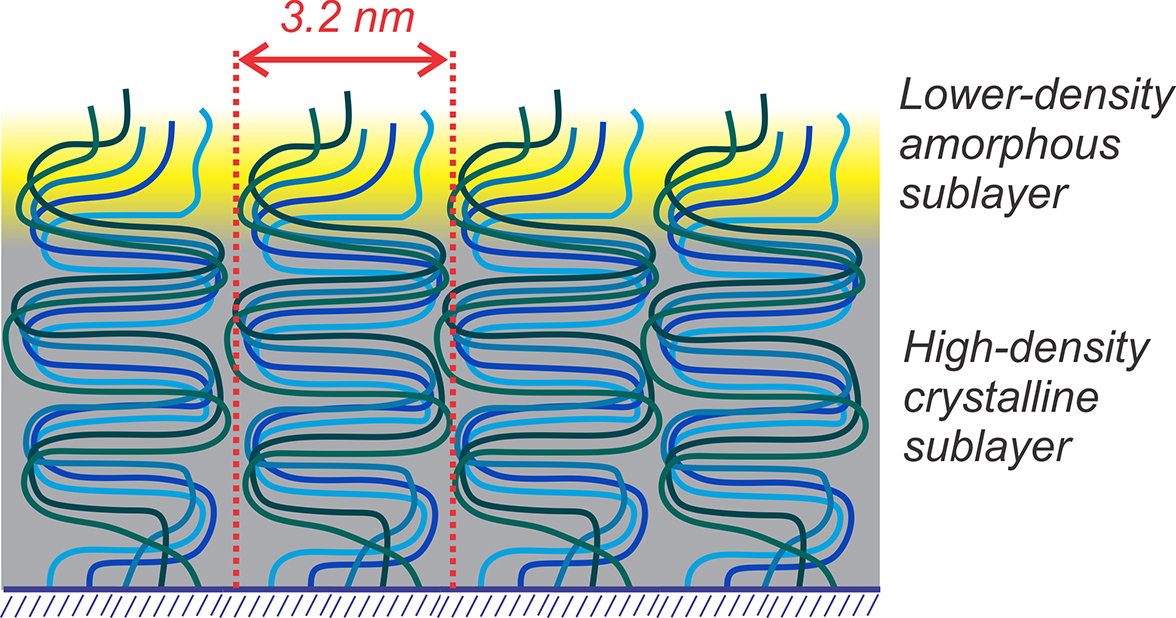
Scientists achieved thin films with structures virtually impossible via traditional methods.

Common constituents prevent uranium from precipitating from liquids, letting it travel with groundwater.
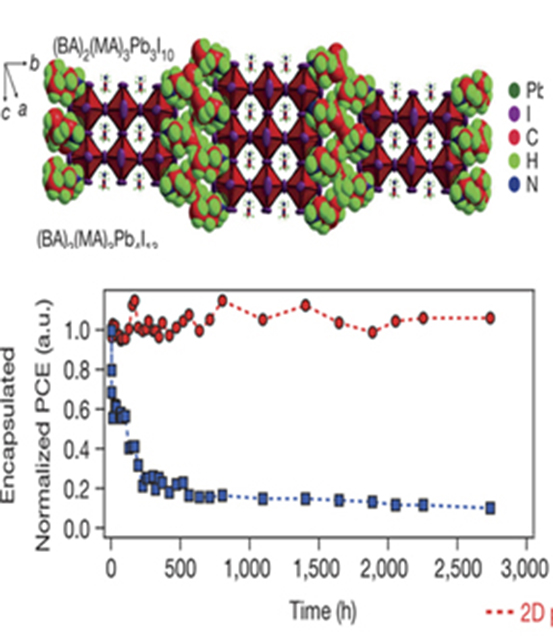
The quest for solar cell materials that are inexpensive, stable, and efficient leads to a breakthrough in thin film organic-inorganic perovskites.
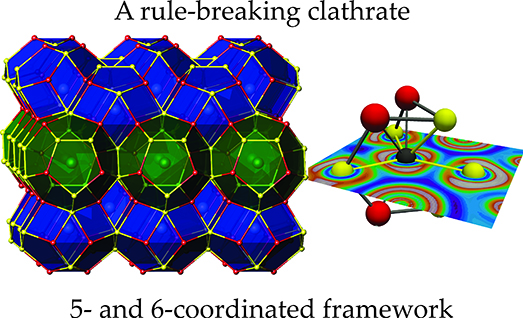
More atomic bonds is the key for performance in a newly discovered family of cage-structured compounds.
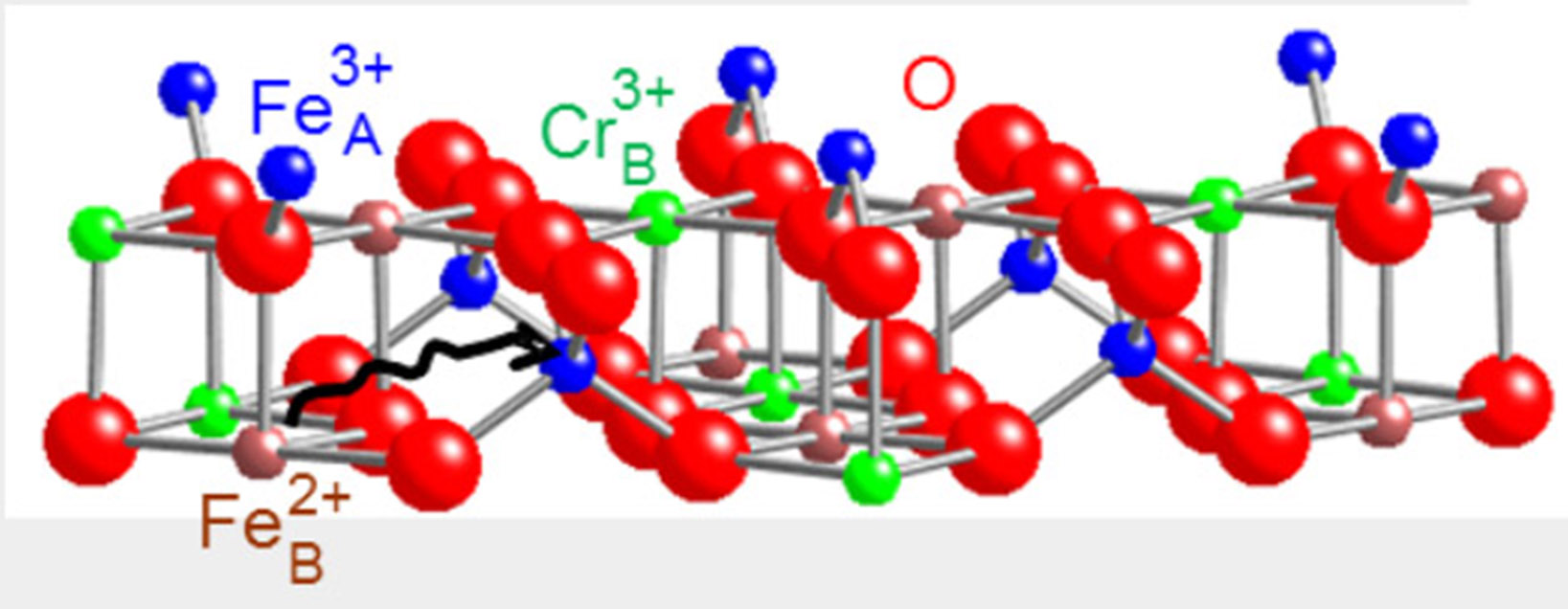
New material based on common iron ore can help turn intermittent sunlight and water into long-lasting fuel.